

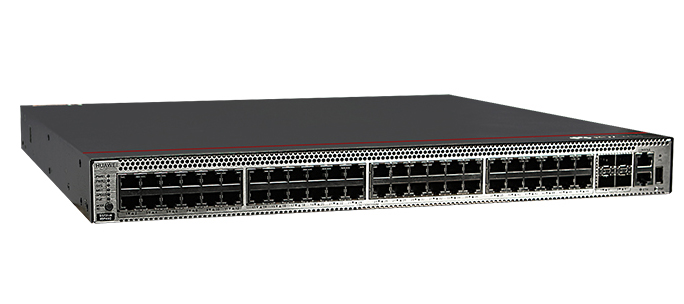


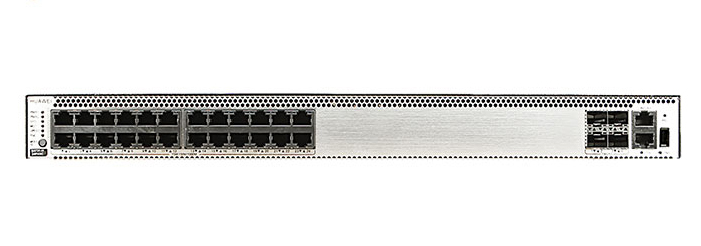
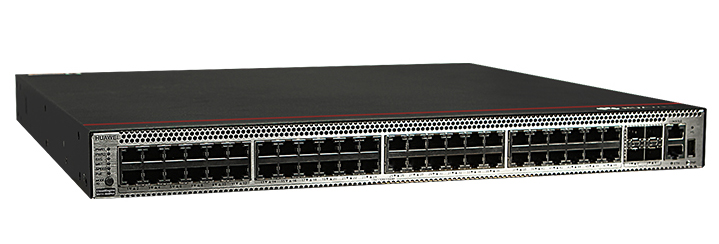
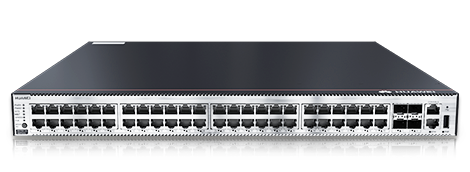

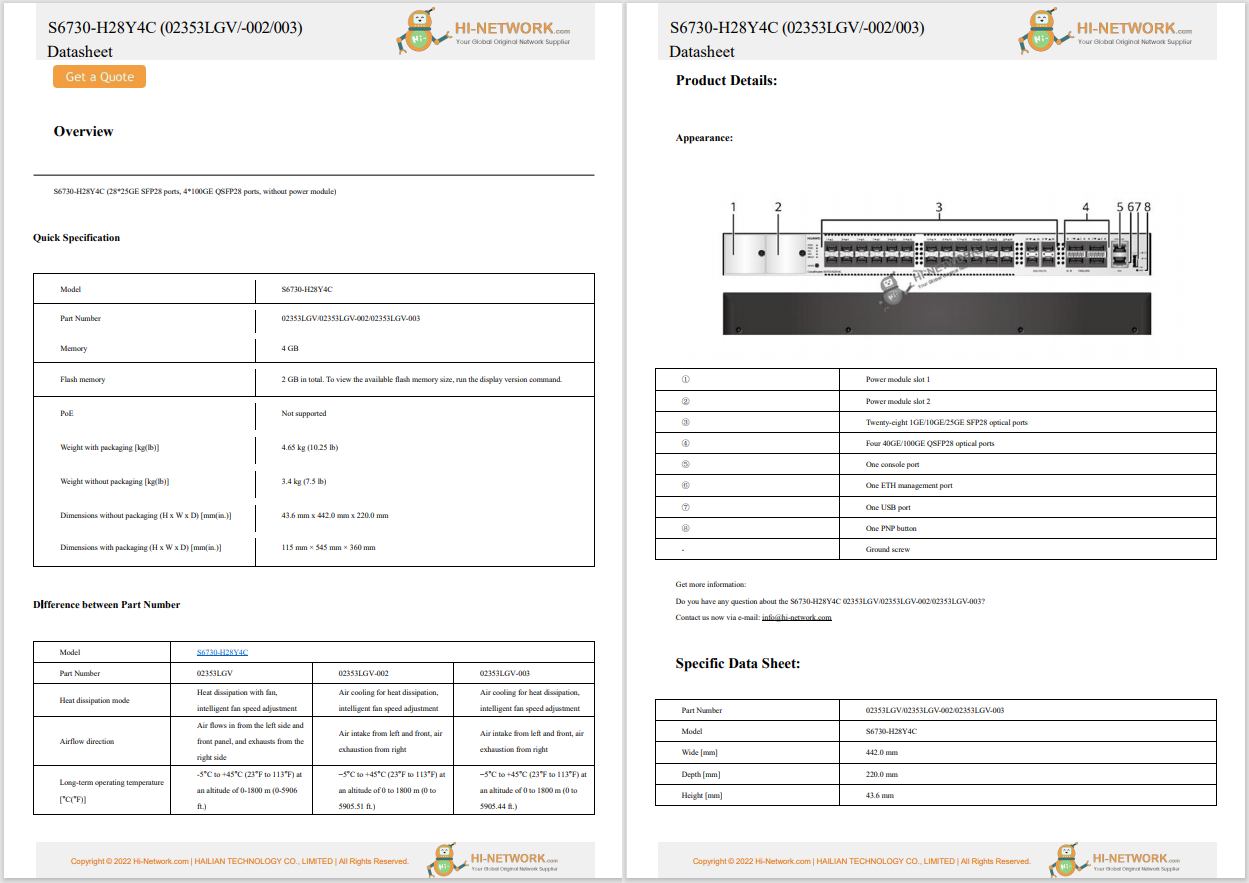


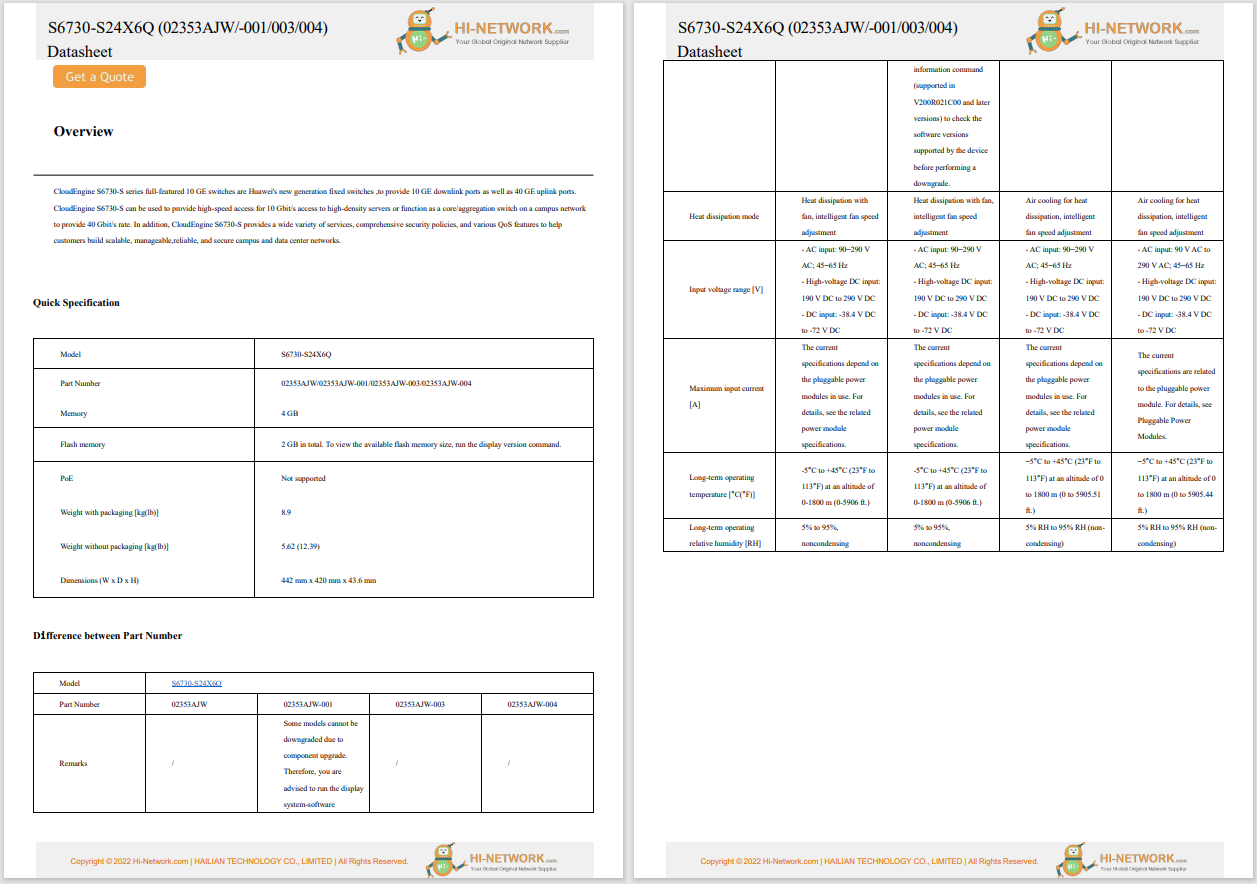

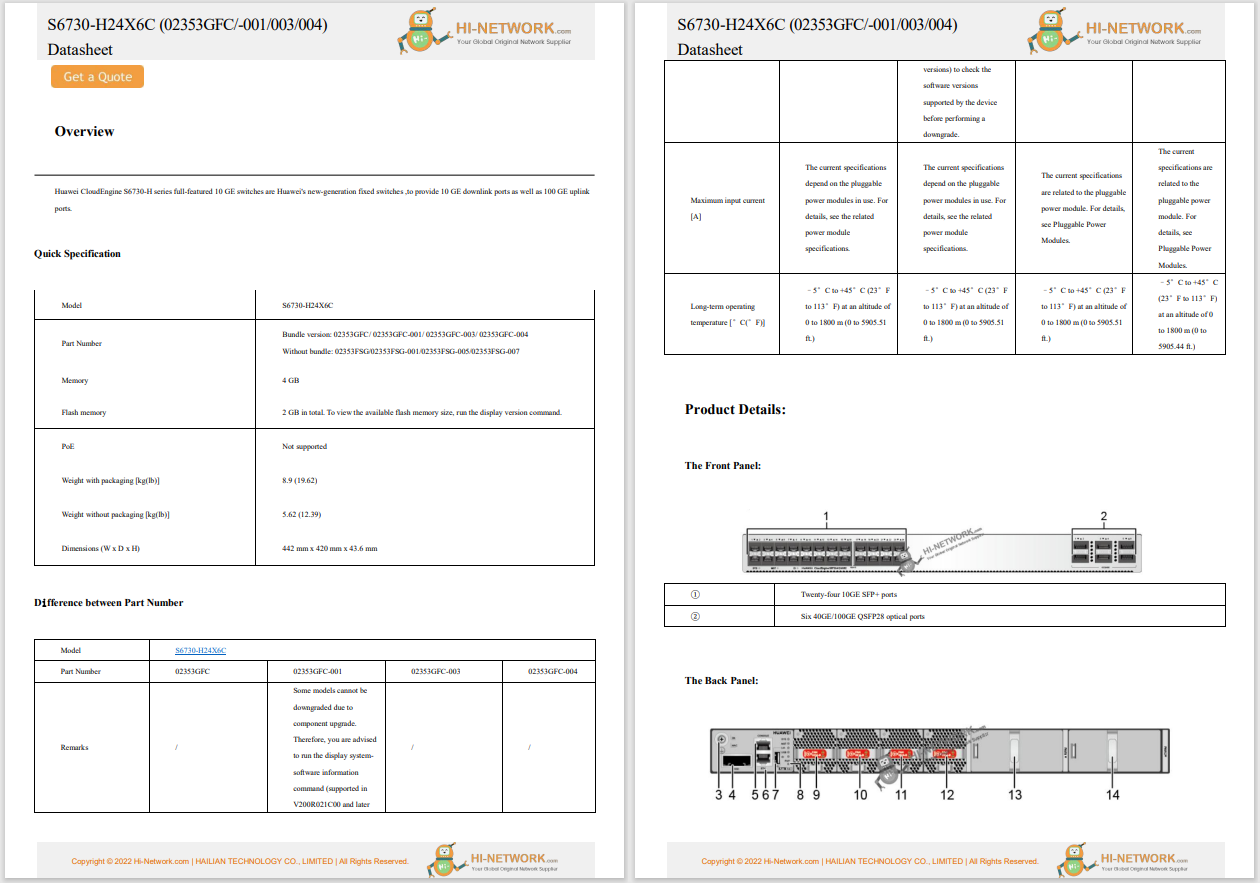

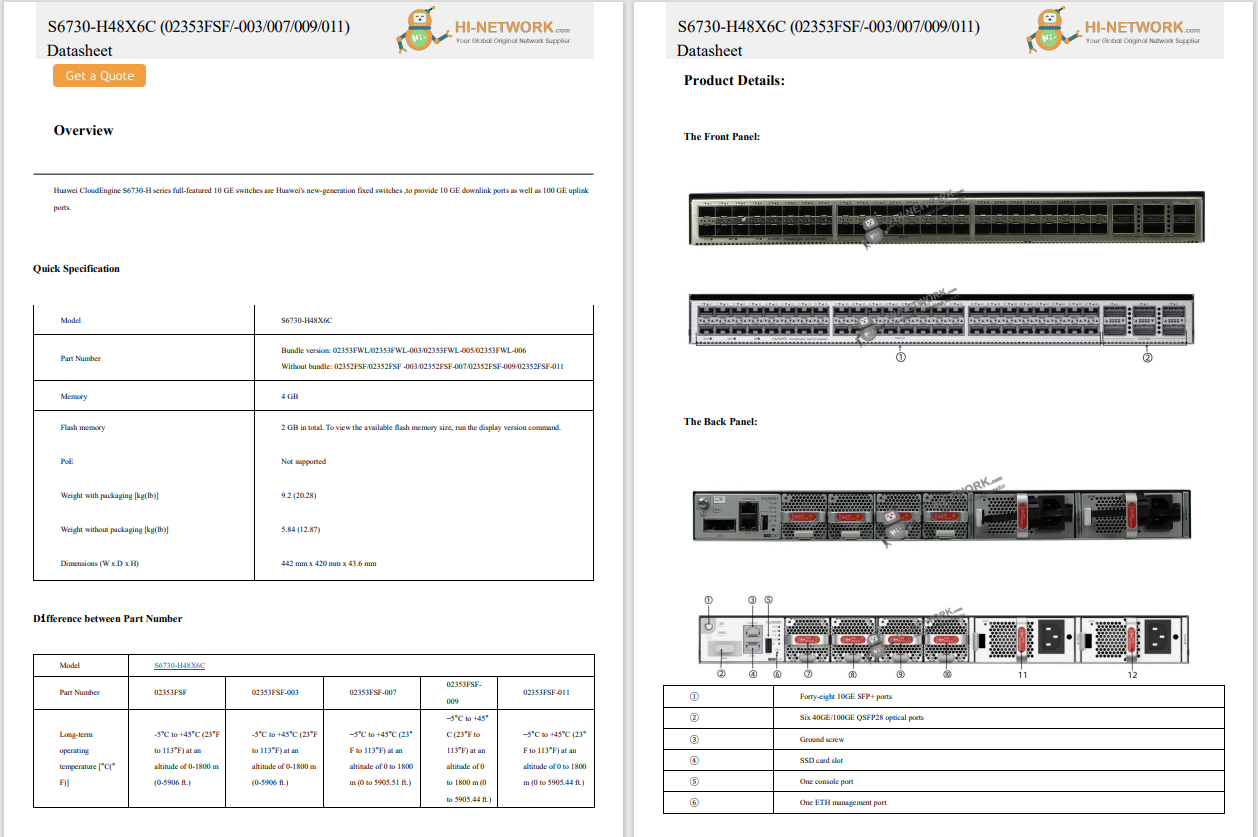
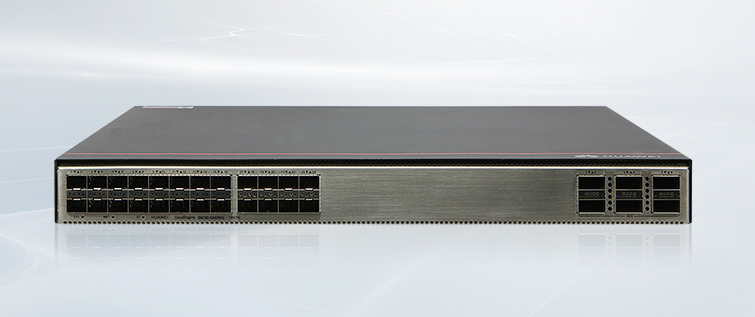


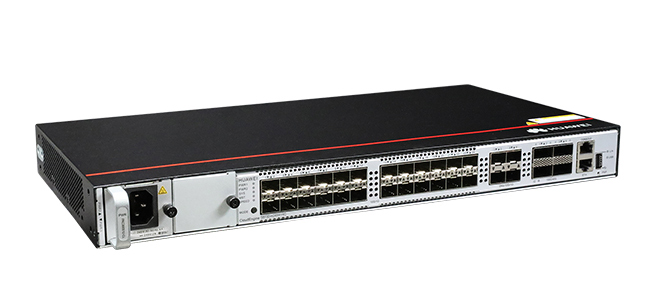

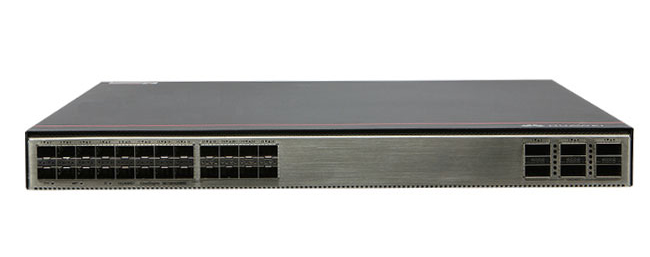


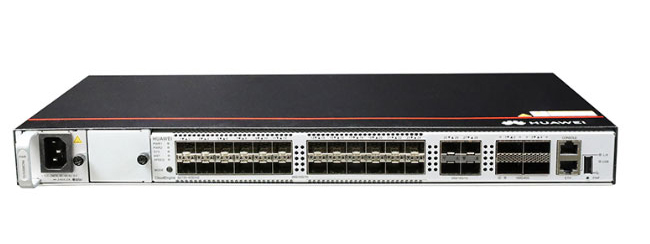
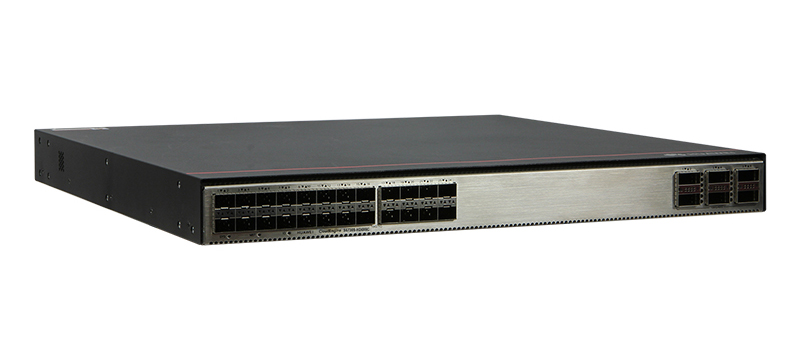


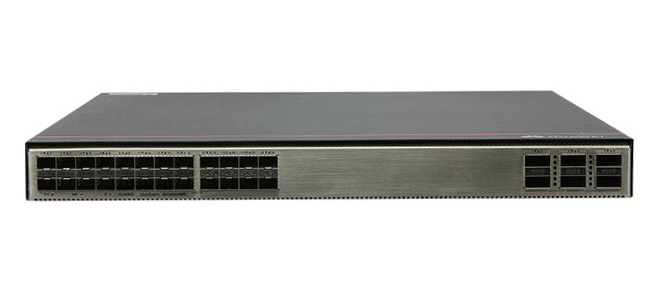


This article explains how to turn off the on-screen keyboard in Windows 10 and how to disable it from appearing throughout Windows.
The easiest and quickest way to toggle the on-screen keyboard off is with a keyboard shortcut.PressWin+Ctrl+Oto turn the keyboard off and on.It will open or close automatically each time you press those keys together.
If the on-screen keyboard appears at the login screen when you don't want it to, there are some other steps you can take to disable it.Here's how it works through Settings:
PressWin+ito open the Settings app.Or, search for it from the taskbar.
SelectDevices.
:max_bytes(150000):strip_icc()/windows-10-settings-60ef1757115949e2a23642872ae0b8ed.png)
SelectTypingfrom the left-hand side.
:max_bytes(150000):strip_icc()/typing-settings-windows-10-31175e7007b046848b6d4a286a4b7a4f.png)
Scroll down until you find theTouch keyboardsection. Look for the toggle that readsShow the touch keyboard when not in tablet mode and there's no keyboard attached. Toggle it toOff.
If the above method doesn't turn off the on-screen keyboard, you can also use Ease of Access settings.
Using the search bar on the taskbar, search for and selectEase of Access keyboard settings.
:max_bytes(150000):strip_icc()/ease-of-access-keyboard-settings-windows-10-search-ef67721369ac4ad9a6e0a2d71139312e.png)
Find the option calledUse the On-Screen Keyboard.
Press thetoggleunder that heading to turn off the touch-screen keyboard.
:max_bytes(150000):strip_icc()/on-screen-keyboard-toggle-windows-10-a2ea3e77f7c344bdbe79917d52ddcedb.png)
Disabling the on-screen keyboard service can stop it from appearing at all. Only use this method if you don't want to use the keyboard moving forward.
PressWin+Rto open the Run dialog box, and then enter this command:
services.msc :max_bytes(150000):strip_icc()/services-run-box-windows-10-cfc4aa2683f241f0803f3121662fcccb.png)
Double-clickTouch Keyboard and Handwriting Panel Serviceto open its properties.
Press theStopbutton if it's already running, then use the drop-down menu next toStartup typeto selectDisabled.
:max_bytes(150000):strip_icc()/disable-touch-keyboard-service-0191cce6099e4518a1cb2fda15b24411.png)
SelectOKto save and close.
If the on-screen keyboard appears at strange times without you triggering it, a recently installed app or driver could be to blame. If you suspect a particular device or driver is to blame, consider disabling the device, removing the hardware, or rolling back the driver.
The Windows 10 on-screen keyboard usually only appears when it's triggered, like with the shortcut keys. In other cases, the keyboard might appear automatically on the login screen and in other places, usually only on tablets and touchscreen laptops.
How to Disable a Laptop Keyboard in Windows 10To disable your on-screen keyboard on a Chromebook, select thetimefrom the bottom right of the screen, then selectSettings(gear icon). In theAdvanced>Accessibilitysection, select Manage accessibility features. In theKeyboard and text inputsection, turn offEnable on-screen keyboard.
You'd disable the on-screen keyboard on a Surface Pro the same way you'd turn it off on other Windows 10 devices, as described above. Easiest way: go to theEase of Access Keyboard Settingsand toggle off the feature.
On a Mac, the on-screen keyboard is called theAccessibility Keyboard. Turn it on here:Apple menu>System Settings>Accessibility>Keyboard. On some versions of macOS, the path isApple menu>System Preferences>Accessibility>Keyboard>Viewer>Enable Accessibility Keyboard.
In Windows 7, open the Control Panel and selectEase of Access>Ease of Access Center. UnderUse the computer without a mouse or keyboard, deselectUse On-Screen Keyboardand clickOK.
 Горячие метки:
Горячие метки: